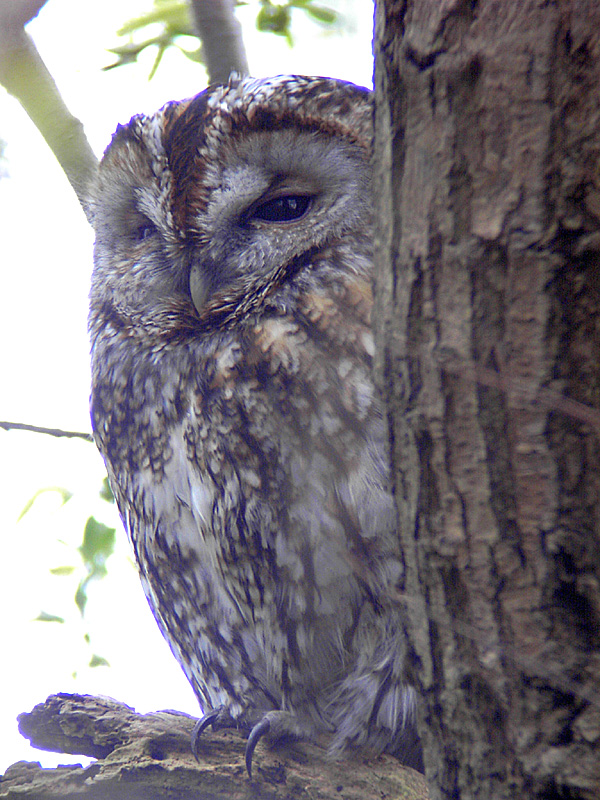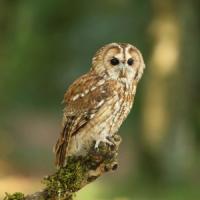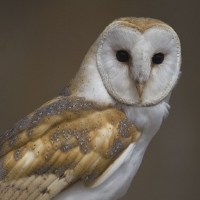- Home
- FAQs
- Customer Video Gallery
- Customer Photo Gallery
- Bird Facts
- Bird Food Blog
- Bird Information
- Feeding Advice
- Small Animal Information
- A to Z of Guinea Pigs
- A to Z of Hamsters
- A to Z of Rabbits
- Basic Care for Guinea Pigs
- Basic Care for Hamsters
- Basic Care for Rabbits
- Basic care for Chinchillas
- Basic care for Ferrets
- Basic care for Gerbils
- Basic care for Mice
- Basic care for Rats
- Buying a Healthy Small Animal
- Does your Reptile need a Licence
- Equipment for Ferrets
- Equipment for Hamsters
- Equipment for Mice
- Equipment for your Chinchilla
- Equipment for your Gerbil
- Equipment for your Guinea Pig
- Equipment for your Rabbit
- Keeping a House Rabbit
- Dog Information
- Cat Information
- Customer Information
- Fat Balls
- Suet Pellets
- Straights
- Seed Mixes
- Suet Treats
- Bird Feeders
- My Account

| Scientific Name | Strix aluco |
| Breeding | March |
| Fledge Days | 32-37 |
| Incubation Days | 28-30 |
| Lifespan | 4 years |
| Number of Clutches | 1 |
| Number of Eggs | 1-7 |
| Size | 38cm |
| Weight | 420-520g |
| Wingspan | 99cm |
Tawny Owl Facts - Information About Tawny Owl
Tawny Owl - Strix Aluco
The Tawny owl is by far our commonest breeding Owl, outnumbering the Barn Owl by 10-1 and Little Owl by 2/3-1.
Unlike Barn and Little’s which can be seen frequently during daylight hours, the Tawny is strictly nocturnal and difficult to see unless you are lucky enough to find a roosting bird during the day.
Identification:
Adult
- Adult males and females are alike.
- Tawny Owls are medium sized owls averaging 40cms in length.
- The come in two colour forms, grey-brown and rufous-brown.
- The plumage is extremely cryptic and due to this difficult to locate day roosting birds.
- The Tawny Owl is large headed, compact bodied, broad winged owl.
- Upperperts are rich brown with varying amounts of darker streaking and small white markings on the wing coverts, the underside is also heavily streaked dark and rufous on a paler background.
- The Tawny Owls head is large, with Black eyes (only shared by Barn Owl) and horn coloured bill.
- The face disc is reasonably plain with darker wedge from forehead to bill.
- From bill to forehead the wedge shows obvious pale markings and pale eyebrow like markings on crown.
- They often appear ‘bull headed’ and stand very upright at roost and are compact bodied and short tailed.
Juvenile
- Juveniles appear from April onwards and once their white down feathers are moulted they look very similar to adults.
Status and Distribution
The Tawny Owl is a very common breeding resident in the UK with over 50,000 pairs. The Tawny Owl occurs in all counties throughout the England, Scotland and Wales but is absent Ireland. (A few pairs recently found breeding in eastern Ireland)
Habitat/Food
Tawny Owls occur in all habitat types throughout the UK, woodlands, parks, gardens, farmland, hedgerows indeed any open country habitat with suitable scrub. They prefer broadleaf woodland for nesting purposes but will hunt by night in many habitat types.
Tawny Owls use sit and wait tactics for hunting, using a favourite perch to observe from.
In the garden Tawny Owls may perch close by a feeding station waiting for small rodents to appear, eating spilt seed etc...then swoop down to take them.
Keeping feeders stocked and throwing Seed Mixes on the floor may attract Tawny Owls to your garden as will putting up Owl Boxes for nesting.
Song/Call
Several call notes; most often a hard ‘Koowick’
Song is a typical owl sound; a hollow, low toned hooting, ‘hooo-ooo.......,ho, ho, ho, hoo-ooo’.







